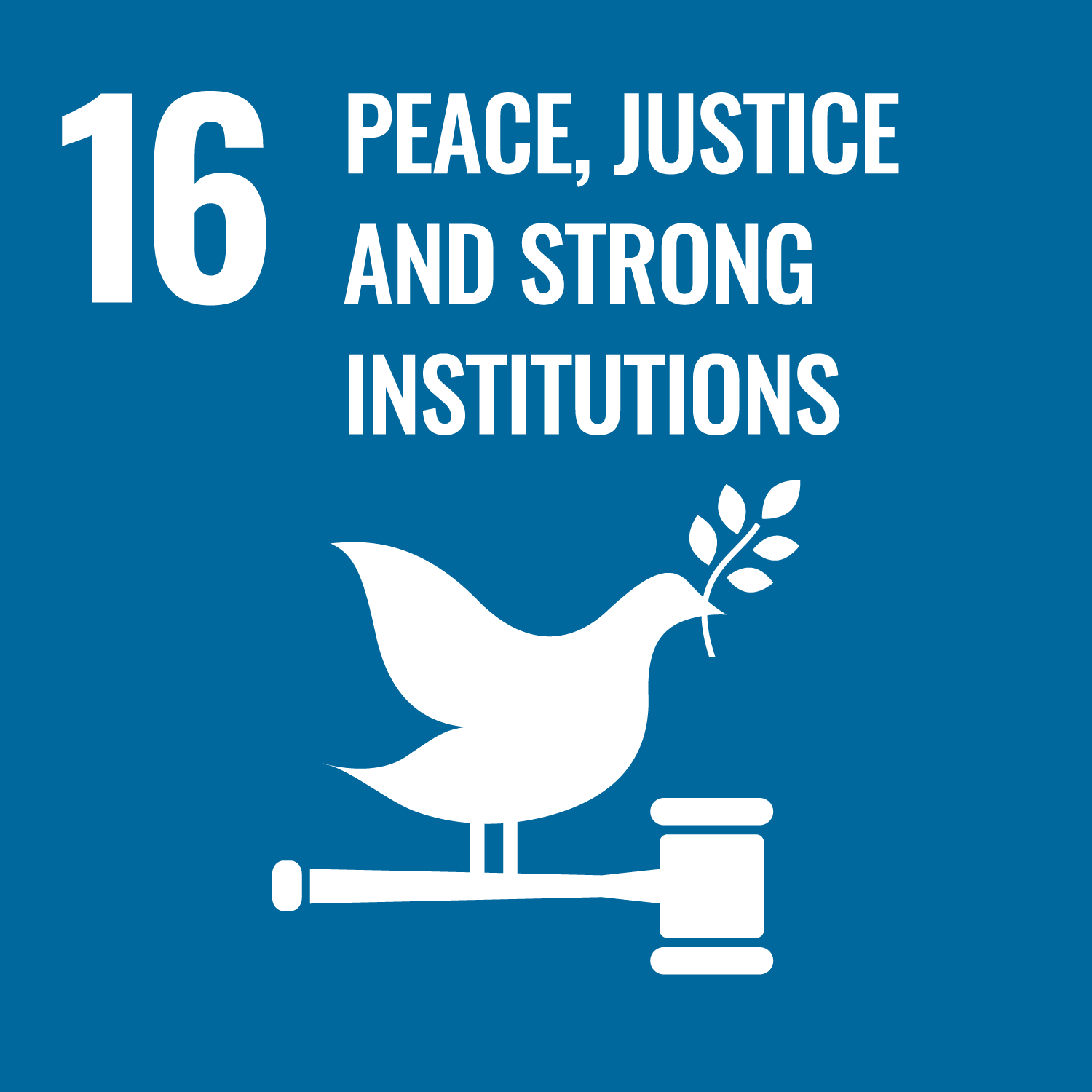Griffith researchers are developing an Artificial Intelligence (AI) tool to help catalogue Aboriginal rock art while engaging Indigenous children in cutting-edge research and new cross-cultural pathways toward a passion for learning.

International rock band Pearl Jam’s Vitalogy Foundation
And the research project has just been given a boost from some famous supporters.
Pearl Jam’s Vitalogy Foundation acknowledged the multidisciplinary research team’s work with a $60,000 grant to accelerate digital literacy for the children of Laura State School in Cape York Peninsula, remote far north Queensland.
The funding will be spent updating digital technology at the school, and providing professional development opportunities to School staff, delivered by educational experts from Griffith.
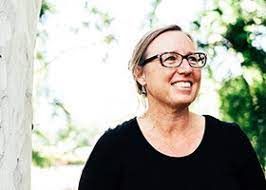
Project Lead Professor Lynley Wallis.
Project Lead Professor Lynley Wallis said there are thousands of sandstone rock shelters throughout Cape York Peninsula and almost all have amazing rock art in them.
“Using AI to help catalogue the rock art images will help streamline documentation of the art, allowing more sites to be recorded,” Professor Wallis said.
“We have been working with the Laura Rangers, Indigenous Elders and Laura State School to identify and catalogue these precious sites using AI and, while the project is underpinned by the need to protect the rock art in the future, it also aspires to connecting that heritage with the local community.”
The researchers are developing teaching modules, resources and tools which will provide a clear understanding of how communities, researchers and schools can successfully collaborate to transform educational culture and practices.
These resources are being piloted at the Laura State School and target aspects of the Australian Curriculum related to technology where there is an established ‘digital divide’ between Indigenous and non-Indigenous students.
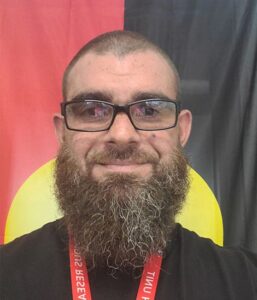
Curriculum Development Lead Dr Troy Meston.
Leading the curriculum development, Gamilloroi man and Senior Researcher Dr Troy Meston said kids have a natural inclination and intuition for technology.
“Aboriginal kids are caught between a legacy inherited from ongoing colonisation and it manifests as disconnection and disengagement from mainstream educational success and opportunity and they’re also hampered by a rapidly changing 21st century world that’s increasingly populated with cutting edge, advancing technologies,” Dr Meston said.
“The idea of using machine learning and AI on country and connected to ancient sandstone rock art sites is an innovative way to expose Indigenous kids to opportunities they wouldn’t necessarily get.
“This curriculum provides for culturally relevant information and the contributions of other Indigenous scholars throughout and is particularly significant within remote Indigenous communities where Indigenous students don’t always have easy access to digital technologies.
“We’d like to see this technology become part of Australian Curriculum across Australia where it can provide inspiration as a cross-cultural learning tool and promote greater understandings and unity among all Australians.”
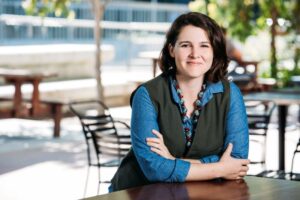
Research Assistant Fiona McKeague.
Research Assistant Fiona McKeague also worked with primary students at the Laura State School and said the project is an opportunity for two-way learning, where the research team learn and benefit from the experience of the Laura community.
“It’s terrific to be able to pilot this approach with the Laura community, and is both professionally and personally rewarding,” Ms McKeague said.
Laura State School Principal Melissa Shepherd emphasised the importance of ensuring her students were regularly exposed to their culture and also exposed to digital literacy during their schooling.
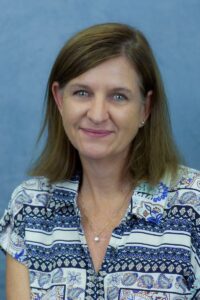
Laura State School Principal Melissa Shepherd
“The children love engaging with their culture and we must continue to engage our students with cultural activities to continue their excitement for learning and show them what is possible,” Ms Shepherd said.
“This has been an amazing, positive journey and the students have learned so much about culture, technology, and about collaborating with the wider community including Indigenous Elders and Laura Rangers.
“Collaborating with Griffith researchers has inspired us to investigate other ideas which will provide exciting hands-on opportunities like language learning and culture days.”
The database of images used by the app is owned by the Laura Rangers, who have taken on responsibility of caring for county and identifying and preserving rock art for future generations.
Laura Rangers have worked for over 10 years to document rock art sites in Quinkan Country in southeast Cape York Peninsula, which was inscribed on the National Heritage List in 2018.
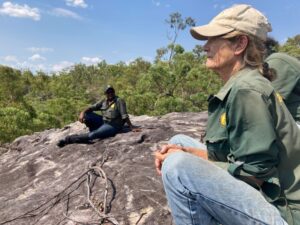
Laura Ranger, Susan Marsh
This distinctive art style includes tall slender Timaras and fat bodied Imjims, two spirit beings, and dates back thousands of years.
“Quinkan Country has an estimated 10,000 rock art sites depicting a rich cultural history,” said Susan Marsh, Laura Rangers Coordinator.
“Traditional Owners want to protect the area from mining interests and develop an eco-tourism industry, which will strengthen the local economy and maintain the connection between country, people and story.”
The Griffith University multidisciplinary team includes Chief Investigator Professor Lynley Wallis (Griffith Centre for Social and Cultural Research), Senior Research Fellow Dr Troy Meston (Education and Griffith Centre for Social and Cultural Research and Griffith Institute for Educational Research), AI Specialist Dr Gervase Tuxworth (Information and Communications Technology), Research Fellow Dr Robert Haubt (Griffith Centre for Social and Cultural Research), Research Fellow Dr Tasha Riley (Education and Professional Studies and Griffith Institute for Educational Research), Research Fellow Dr Amy Eun-ji Kim (Education and Professional Studies and Griffith Institute for Educational Research), Senior Research Assistant Fiona McKeague (Griffith Centre for Social and Cultural Research), Research Assistants Ms Julie Ballangarry (School of Government and International Relations) and Mrs Gaala Watson (University of Queensland School of Business), and PhD student Richard Turner-Jones (Information and Communications Technology).


